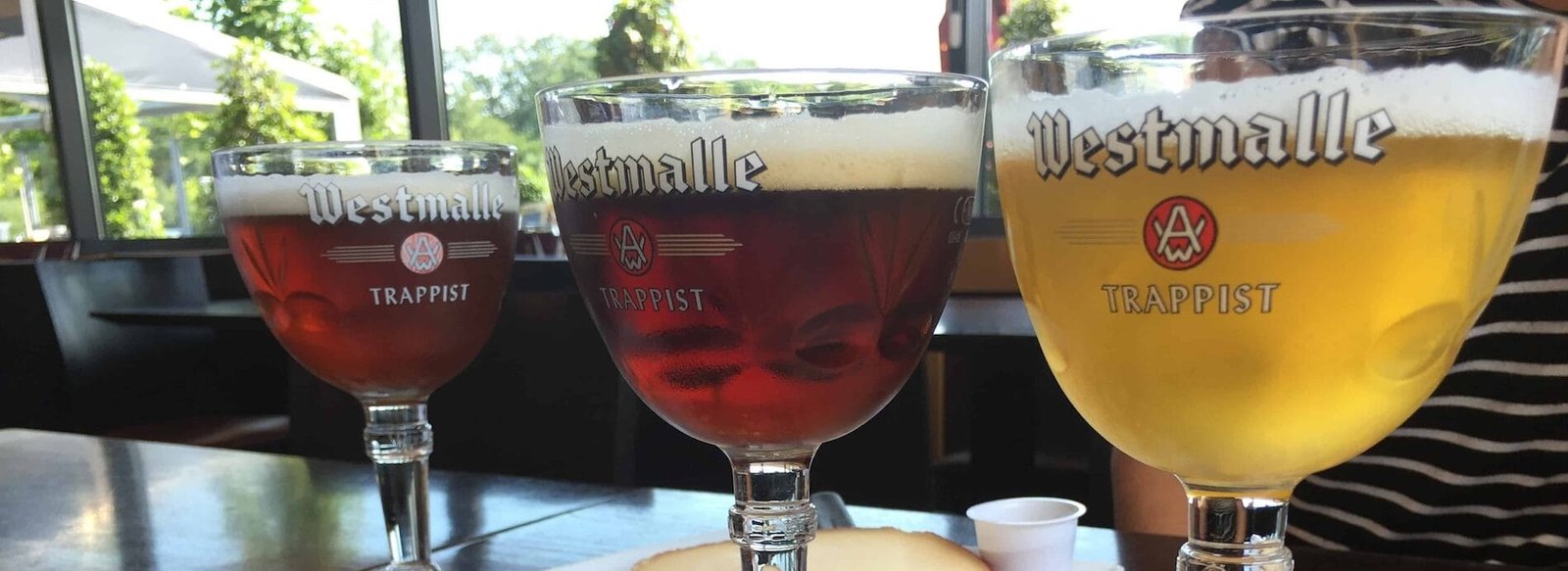Belgian Strong Dark Ale (BDSA) is a style that captivates beer enthusiasts with its complexity and depth. Known for its rich flavors and robust character, this ale has earned a rightful place in the pantheon of craft beers. In this article, we will explore the origins, brewing techniques, flavor profiles, and food pairings that make Belgian Strong Dark Ale a standout choice for those seeking bold and memorable experiences
Historical Context
The roots of Belgian Strong Dark Ale can be traced back to the monastic brewing traditions of Belgium. Monks in Trappist and abbey breweries began crafting beers centuries ago, primarily for their own consumption and to support their communities. The brewing process was often a labor of love, with recipes handed down through generations. Over time, these brews evolved, leading to the creation of stronger, darker ales that would eventually be classified as Belgian Strong Dark Ales.
The style gained prominence in the late 20th century as craft brewing began to flourish. Belgian brewers, known for their innovative approaches, experimented with various ingredients and techniques, resulting in a diverse range of flavors and aromas. Today, BDSA is celebrated not only in Belgium but also around the world, with many craft breweries adopting the style and putting their unique spin on it.
Brewing Techniques
Brewing a Belgian Strong Dark Ale requires a careful balance of ingredients and techniques. The process typically begins with a base of pale malt, which provides the foundation for the beer. Specialty malts, such as caramel, chocolate, and roasted malts, are then added to impart rich colors and flavors. The combination of these malts contributes to the beer’s signature sweetness and complexity.
Hops play a less prominent role in BDSA compared to other beer styles. While hops are essential for balancing sweetness and adding subtle bitterness, the focus is primarily on the malt and yeast characteristics. Belgian yeast strains are crucial in developing the unique flavors associated with this style. These yeasts produce fruity esters and spicy phenols, which contribute to the beer’s aromatic profile.
Fermentation is a critical stage in the brewing process. Belgian Strong Dark Ales are often fermented at warmer temperatures, allowing the yeast to express its full range of flavors. This can result in notes of dark fruit, such as figs and raisins, as well as hints of clove and pepper. Some brewers may also employ a secondary fermentation process, which can enhance the beer’s complexity and depth.
Flavor Profiles
The flavor profile of a Belgian Strong Dark Ale is a tapestry of rich and bold elements. Upon pouring, one is greeted with a deep, dark color, often resembling mahogany or deep brown. The aroma is enticing, with layers of dark fruit, caramel, and a subtle spiciness that beckons the drinker to take a sip.
The first taste reveals a symphony of flavors. Sweetness from the malt is balanced by the warmth of alcohol, which typically ranges from 8% to 12% ABV. Dark fruit flavors dominate, with notes of figs, dates, and raisins taking center stage. Caramel and toffee notes add richness, while the subtle spiciness from the yeast provides an intriguing contrast.
As the beer warms, additional flavors emerge. Chocolate and roasted malt notes may become more pronounced, adding depth to the overall experience. The finish is often smooth and warming, leaving a lingering sweetness that invites another sip.
Food Pairings
The complexity of Belgian Strong Dark Ale makes it an excellent companion for a variety of foods. Its rich flavors can stand up to hearty dishes, making it a perfect match for roasted meats, stews, and rich sauces. The sweetness of the ale can complement the savory elements of these dishes, creating a harmonious balance on the palate.
For those who enjoy cheese, BDSA pairs beautifully with aged cheeses, such as Gouda or Gruyère. The nutty and caramel notes of the cheese enhance the flavors of the beer, while the beer’s sweetness cuts through the richness of the cheese.
Desserts are another area where Belgian Strong Dark Ale shines. The beer’s dark fruit and caramel flavors make it an ideal pairing for chocolate desserts, such as brownies or dark chocolate torte. The sweetness of the beer can also complement fruit-based desserts, such as bread pudding or poached pears.
The Global Influence
While Belgian Strong Dark Ale has its origins in Belgium, its influence has spread globally. Craft breweries around the world have embraced the style, creating their interpretations that reflect local ingredients and brewing traditions. This globalization of the style has led to a diverse array of BDSAs, each with its unique character.
In the United States, for example, craft brewers have experimented with various adjuncts, such as spices, fruits, and even barrel aging. These innovations have resulted in a new wave of Belgian Strong Dark Ales that push the boundaries of the style while still honoring its roots.
Belgian Strong Dark Ale: The King of Bold Flavors
Belgian Strong Dark Ale stands as a testament to the artistry and craftsmanship of brewing. Its rich history, intricate brewing techniques, and bold flavor profiles make it a true king among beers. Whether enjoyed on its own or paired with a delicious meal, BDSA offers a sensory experience that is both satisfying and memorable.
For those new to the style, exploring Belgian Strong Dark Ales can be an exciting journey. With each sip, one can discover the layers of flavor and aroma that make this ale a beloved choice among beer enthusiasts. As the craft beer movement continues to evolve, the legacy of Belgian Strong Dark Ale remains strong, inspiring brewers and drinkers alike to appreciate the beauty of bold flavors in a glass.

